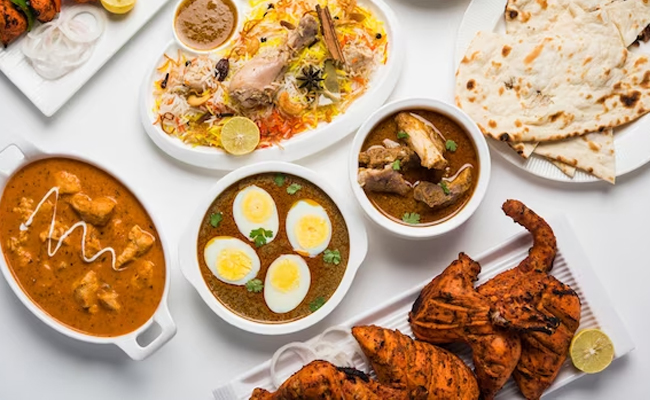
India News

A recent survey conducted by the Central Government has revealed some interesting insights into the spending habits of Indians. The highlight of the survey is that Indians are increasingly leaning towards non-vegetarian food. While this trend is not entirely new, a shift in dietary habits over the last two decades is evident. Simply put, Indians are embracing meat consumption like never before.
The study also sheds light on a surprising fact: Indians are spending more on milk and eggs than on vegetables. When comparing monthly expenses, the amount spent on milk and eggs surpasses that spent on vegetables. This trend is more evident in South Indian states, where the percentage of vegetarians is relatively lower. It’s no surprise that in households that consume non-vegetarian food, the budget allocated for meat far exceeds that for vegetables.
Meat Consumption vs. Vegetable Spending
Currently, the price of mutton in cities has reached around Rs 800 per kilogram. Even in rural areas and small towns, the price remains roughly the same, with a marginal variation of about Rs 50. If a family consumes four kilograms of mutton per month, the expense would be around Rs 2,400. Although vegetable prices have risen significantly, it is questionable whether families spend an equivalent amount on them.
Beyond cooking meat at home, urban populations are increasingly indulging in dining out at non-vegetarian restaurants, further escalating their expenses. While mutton is expensive, those opting for chicken still spend a considerable amount. The price of broiler chicken fluctuates between Rs 200 and Rs 400 per kilogram, while country chicken (nati/kadaknath) has surpassed mutton in price. Given these trends, it is clear that the monthly expenditure on meat far exceeds that on vegetables.
The Role of Dairy in Household Budgets
The study also highlights milk consumption. The cost of milk is anything but low, with prices ranging between Rs 27 and Rs 40 per half-liter, depending on the brand and type. On average, if a four-member family consumes half a liter of milk daily, their monthly milk bill would amount to Rs 1,500.
Egg consumption has also been factored into the survey. If a family buys two dozen eggs per month, with egg prices ranging from Rs 5 to Rs 12 per piece, the monthly expenditure on eggs can be around Rs 300. This means the combined expense on milk and eggs can reach Rs 1,800 per month, surpassing what families spend on vegetables.
Rising Demand for Meat in India
Meat consumption in India continues to rise steadily. Over a decade ago, Americans had already expressed concerns about India’s increasing food demand on a global scale. However, American companies themselves are profiting from India’s love for non-vegetarian food, with brands like KFC and McDonald 's dominating the market.
Apart from fast food chains, India’s poultry industry is booming. While concerns over poultry diseases persist, the demand for country chickens and free-range livestock has grown significantly due to the belief that they are healthier than commercially farmed chicken. This has led to a surge in poultry farming, with villagers earning well by raising native breeds of chickens and goats.
India’s Growing Affinity for Non-Vegetarian Food
Indians’ enthusiasm for non-vegetarian delicacies continues to reach new heights. Despite the rising popularity of vegan concepts, the perception that meat provides essential nutrients still dominates, pushing people to consume chicken and mutton as much as possible. Increasing financial capacity has also played a crucial role in fueling this trend.
Advertisment